Posts on this site may contain affiliate links. This means that whenever you buy or book something through those links, we may earn a small commission – without any extra cost to you at all! You can read more about our Terms of Use / Disclosure here.
Standing at just under 6,000 meters and surrounded by one of the most incredible and diverse landscapes on earth, Mount Kilimanjaro has drawn trekkers, travelers and adventurists for decades. Climbing Kilimanjaro is one of the greatest long-distance hikes in the world.
The tallest free-standing mountain on earth, Kilimanjaro explodes out of the flat Tanzanian landscape, tempting people to climb her rugged exterior. Nowadays there are countless operators on the mountain and numerous routes to choose from. Yet, climbing Kilimanjaro is a serious challenge and many people never make the snow-covered summit.
So, to help you fully prepare for this once in a lifetime trek, I have written this short guide on climbing Kilimanjaro: must-know things to be perfectly prepared.
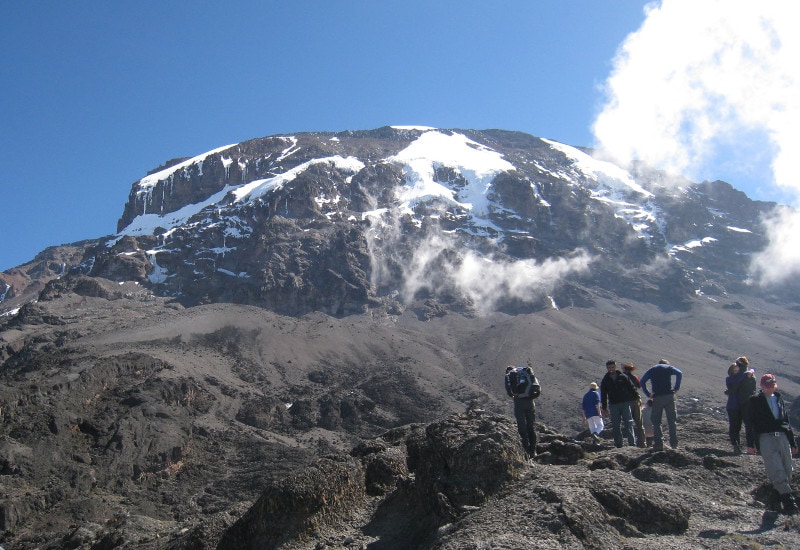
Contents
Choose the Right Time to Trek and the Right Route
There are 7 official routes up Kilimanjaro.
Yes, it’s confusing, yes it hard to choose and, yes, people will tell you different things.
Before my first trek up the mountain I read bucket loads of material on each route and I suggest you do the same. Each route varies quite significantly and it’s important to understand each one.
The Machame route is probably the most popular as it’s not the most expensive, but has good summit success rates. The Marangu route is famously the easiest route because of the short time it takes to summit. However, it has the lowest summit success rate because of this. Choose your route wisely. The longer the route, the more chance you have of success. I recommend the 7-day Machame or 8-day Lemosho route.
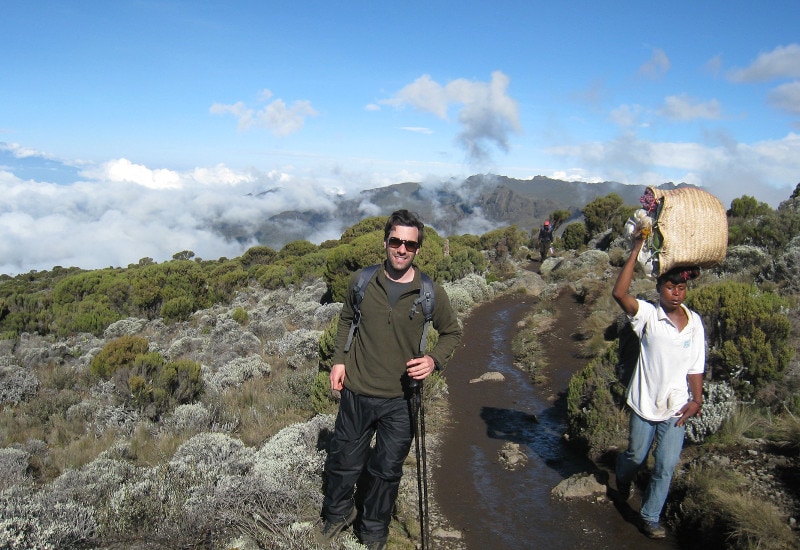
Book With a Reputable Trekking Agency
A harsh lesson for many trekkers and, luckily, one I avoided. Kilimanjaro is a big mountain, and big mountains come with many trekking operators. Sadly, most local operators offer great prices, but not great service.
They’ll tell you to take the Marangu route because its the cheapest and shortest, but they won’t tell you that your body will not have time to acclimatize properly. Local operators tend use poor equipment and fail to offer daily medical checks. Yes, good operators will charge more, but you’ll have a far safer experience with a greater chance of reaching the summit. Your safety, your choice.
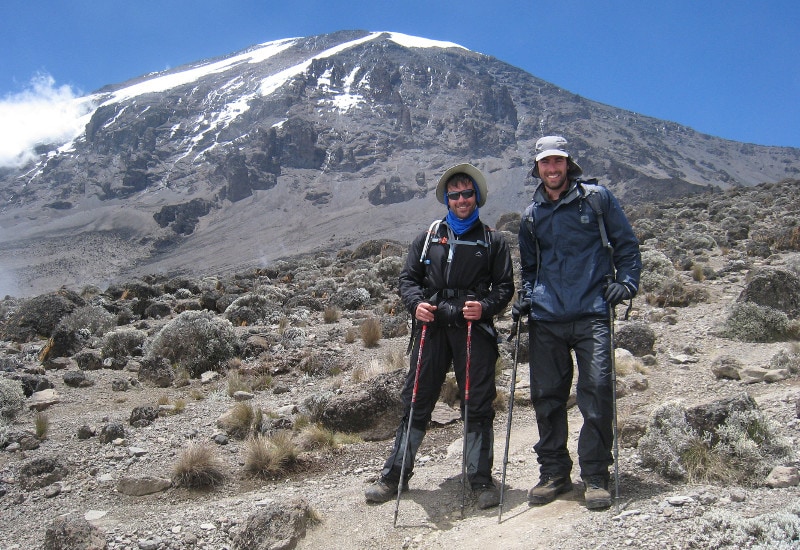
Start Training
No, you don’t have to be superman to conquer Kilimanjaro, but a good level of fitness will not only increase your chances of summiting, but will also increase your enjoyment levels.
I’ve seen people of all sizes, ages and gender summit Kilimanjaro, but all these people had a fair amount of stamina built up with training. Start by hiking, it sounds simple, but it is the easiest and surest way of getting into shape. Build up your distance over a few months until you’re perfectly comfortable hiking 7-8 hours in one day.
On the mountain you’ll be walking this sort of distance for 7 days straight! Practice on hills or mountains and add in some aerobic training like swimming, jogging or cycling to build up your stamina. I always advise to start training at least 3 months in advance.
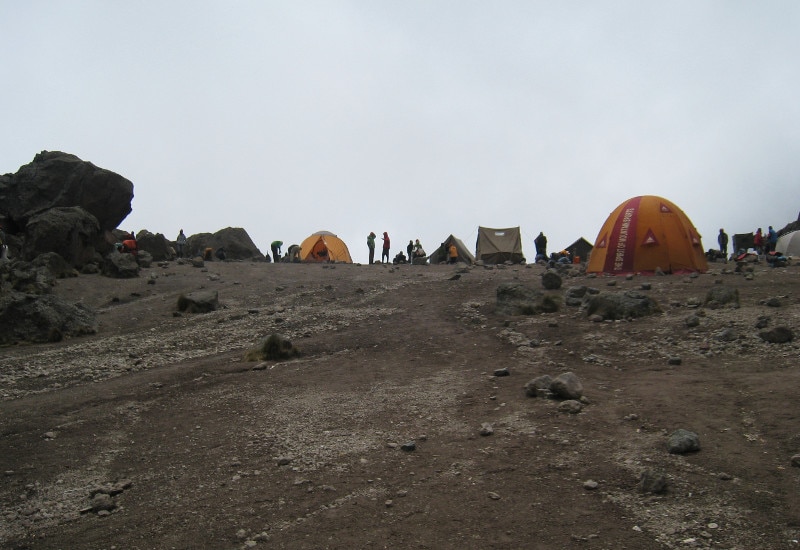
Acclimatize Slowly
I’ll say it again; acclimatizing properly is the major key to success. Routes such as the Machame, Lemosho and Northern Circuit all offer excellent acclimatization as trekkers adopt the walk high, sleep low rule.
The Northern Circuit in particular is good as it takes 9 days to summit, allowing trekkers ample time to acclimatize to the altitude. Always remember, if you feel ill, tell your guide straight away. Often descending by just a few hundred meters for an hour or so can fix the problem.
Never ascend quickly and make sure to hydrate well throughout the day.
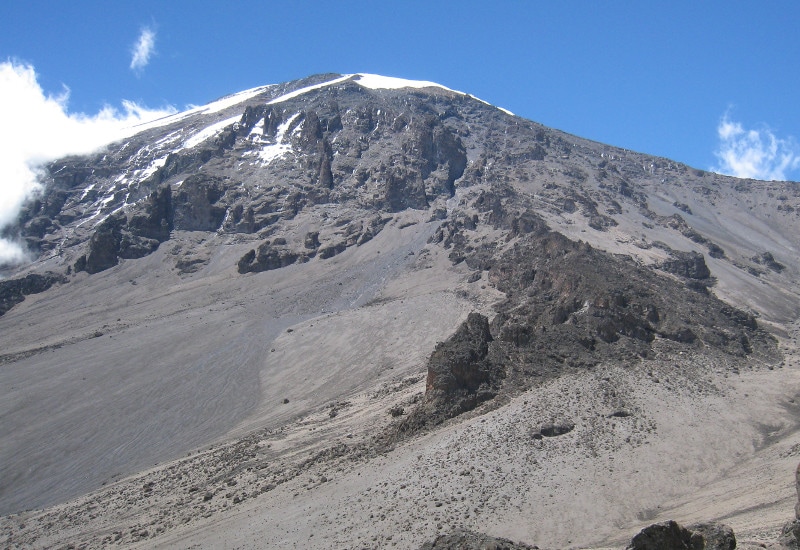
Use the Right Gear
I remember sweating each day in the heat of the sun only to find I was chucking several layers on towards evening as the cold descended each night. Temperatures fluctuate significantly on the mountain and you have to be prepared. This means bringing high-wicking shirts, base layers, parka and jacket.
You’ll have experienced porters carrying your gear, so don’t panic if you think you’re going to have to lug all your bags up yourself. I strongly suggest wearing sunglasses and bringing well worn-in boots as blisters will ruin all your fun very quickly. Summit night is also very cold and you’ll want some warm gloves and a nice beanie to see you through.
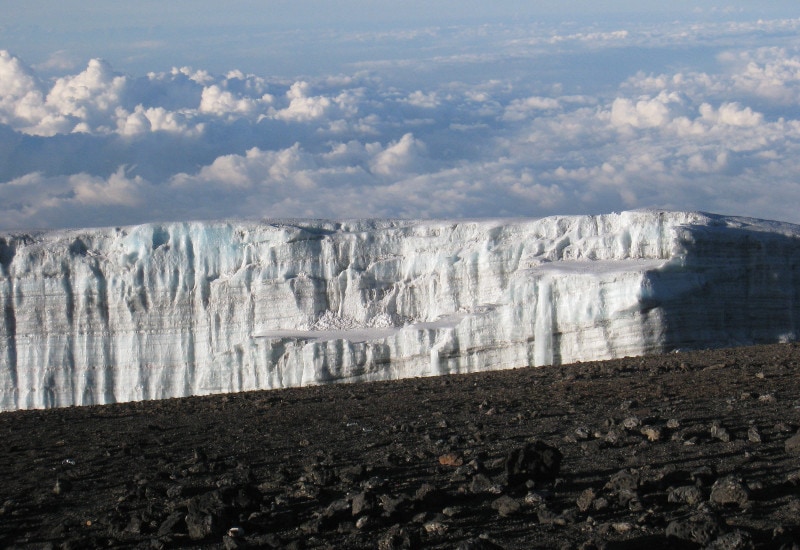
Get Comfortable on the Mountain
Having a proper nights sleep after trekking for 7 hours is a must. Your body will need the sleep to regain its strength for the coming day and a sleepless night will literally ruin you. Wherever I trek I take my own blow-up pillow and my trusted ThermaRest sleeping pad.
I’ve used these numerous times and can safely say I feel very comfortable on them. Make sure you try yours out before hitting the mountain, you need to get used to the feeling of sleeping with these items. Also, make sure to bring ear plugs! There is nothing worse than being kept awake all night by the strange noises and snoring of fellow trekkers.
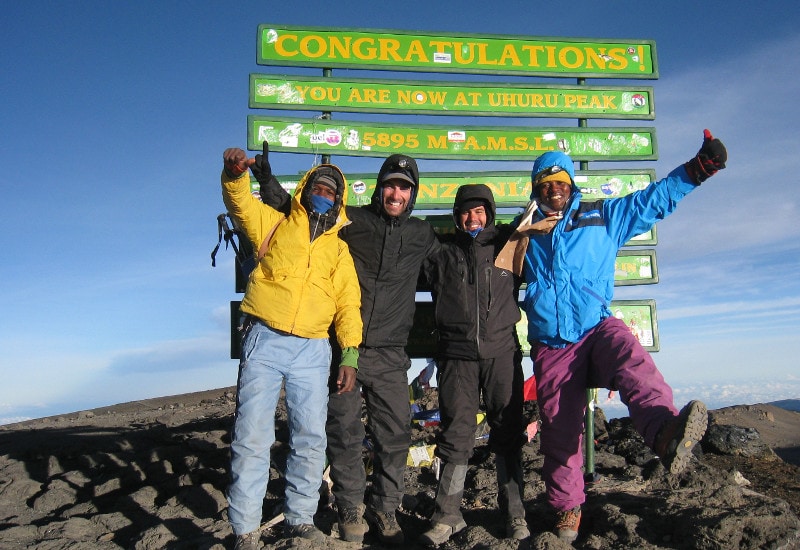
Trekking Insurance
Mount Kilimanjaro is not an easy climb and, as mentioned above, many people fall ill to altitude sickness. Therefore, taking out trekking insurance is a must. Hospital bills can stack up incredibly quickly and you don’t even want to know the price of an air rescue on the mountain!
I had a routine operation in Turkey once and left the hospital with a bill of over $10,000. Always check and double check your travel insurance policy to make sure you are covered for trekking up to 6,000 meters.
Many policies will only cover you to around 3,000 meters and only divulge this in the small print. Travel insurance is also a must in case of stolen or lost baggage. Whilst Tanzania is a fairly safe country, you can never be too careful, particularly in a destination full of tourists.
Go!
That’s it. Now it’s time to get training, booking and preparing for your epic trek!
This epic mountain is unforgiving for those who are unprepared, but for those who are prepared, Kilimanjaro is totally unforgettable.
